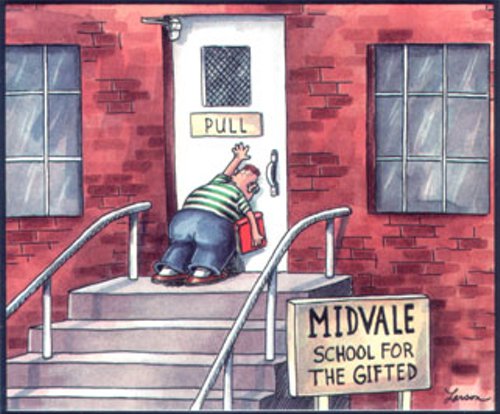
If you can do basic subtraction, you might just be more math-savvy than a lot U.S. college students. A new research paper looks at the mathematical prowess of the roughly 50 percent of community college students in remedial math and finds our national math IQ lacking [DOC]. Below are a few questions that a disturbing number of students could not answer:
- Students were presented with a number line, ranging from -2 to 2. When asked to roughly pinpoint the location of 0.7 and 13/8, only 21 percent of students answered correctly
- When asked whether a/5 or a/8 was greater, only 53 percent answered correctly. This seems especially disadvantageous given that so much of college is divvying up slices of cheap pizza. The authors surmise that many of the participants were just guessing, since a third (36 percent) could not explain why one was bigger (if all students had guessed, about 50 percent would have answered correctly).
The researchers argue that since much of math education is blindly following formulas, students are incapable of tracking problems only slightly different than ones they’ve encountered.
- In one example, a student was asked whether is was possible to check whether 462+253 = 715. While the student correctly answered that one could subtract 253 from 715, when the researchers ask him whether one could also do 715 – 462 (to yield 253), the student “did not think so.”
If you think that a functioning democracy and 21st century economy depends on a populus comfortable with basic algebra, then this is a frightening study. Some have argued (and I agree) that the majority of innovation comes from the top percentile of students, so our mathematical clumsiness won’t mean we’ll all be speaking Chinese in a generation. But, with statistics an increasing part of the democratic process, as citizens, we should all be worried.
[Image Credit: The Far Side]